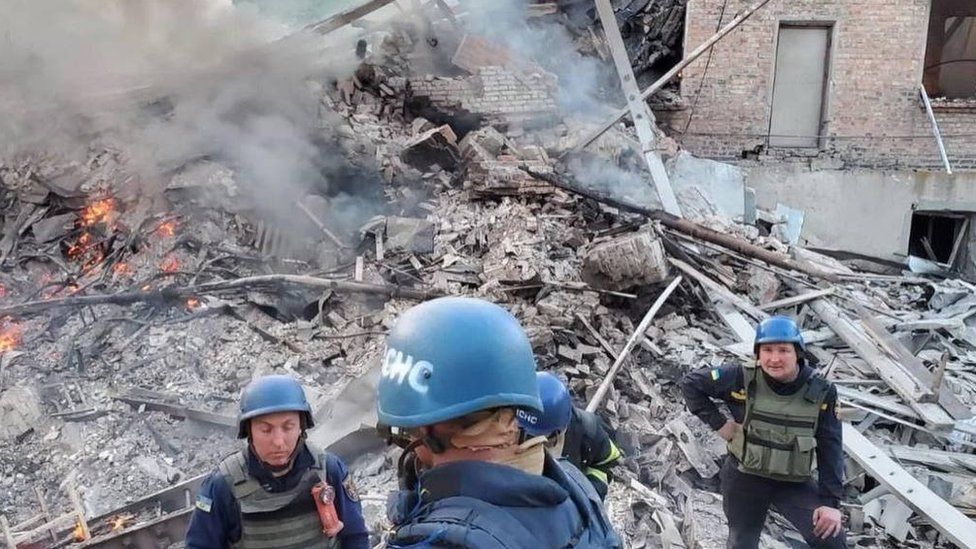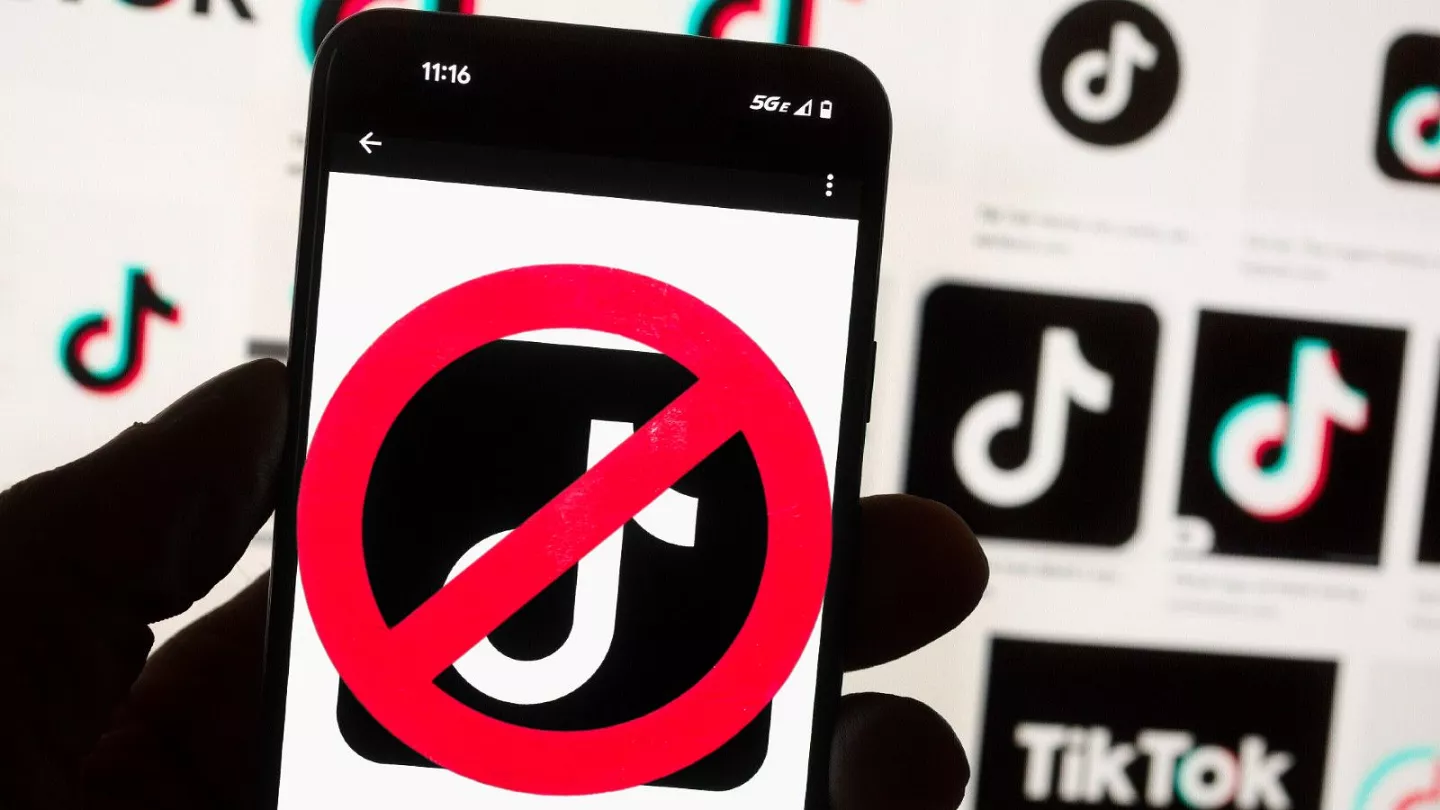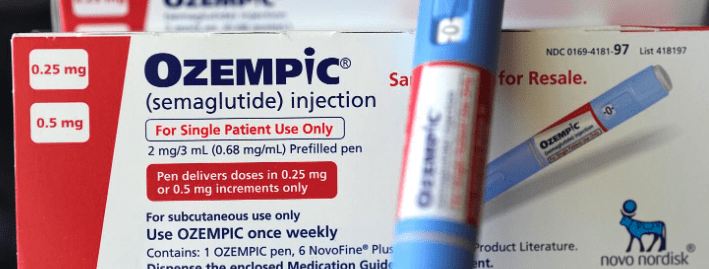News
Fears for hundreds of civilians after bomb hits Ukrainian school
-



 Shows1 day ago
Shows1 day agoAre ‘forever chemicals’ turning us into the ‘The Walking Dead’?
-



 News2 days ago
News2 days agoASEAN emerging as new global economic power?
-



 Tech4 days ago
Tech4 days agoTikTok launches Instagram competitor ‘Notes’
-



 News4 days ago
News4 days agoAI tracks enigmatic cancers back to origins in new study
-



 Tech3 days ago
Tech3 days agoTesla is slashing prices to stay competitive
-



 News4 days ago
News4 days agoSurprising Netflix subscriber surge despite price hikes
-



 News1 day ago
News1 day agoNEOM’s dramatic downsize ambitious project shrinks
-



 News23 hours ago
News23 hours agoGame on with indie devs celebrated by Nintendo














